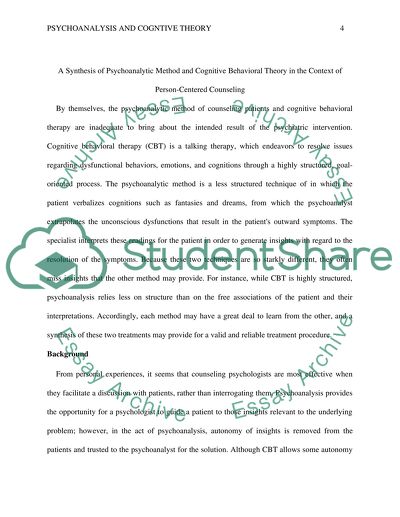Cite this document
(“A Synthesis of Psychoanalytic Method and Cognitive Behavioral Theory Research Paper”, n.d.)
Retrieved from https://studentshare.org/psychology/1416264-personal-theory-counseling-paper
Retrieved from https://studentshare.org/psychology/1416264-personal-theory-counseling-paper
(A Synthesis of Psychoanalytic Method and Cognitive Behavioral Theory Research Paper)
https://studentshare.org/psychology/1416264-personal-theory-counseling-paper.
https://studentshare.org/psychology/1416264-personal-theory-counseling-paper.
“A Synthesis of Psychoanalytic Method and Cognitive Behavioral Theory Research Paper”, n.d. https://studentshare.org/psychology/1416264-personal-theory-counseling-paper.


